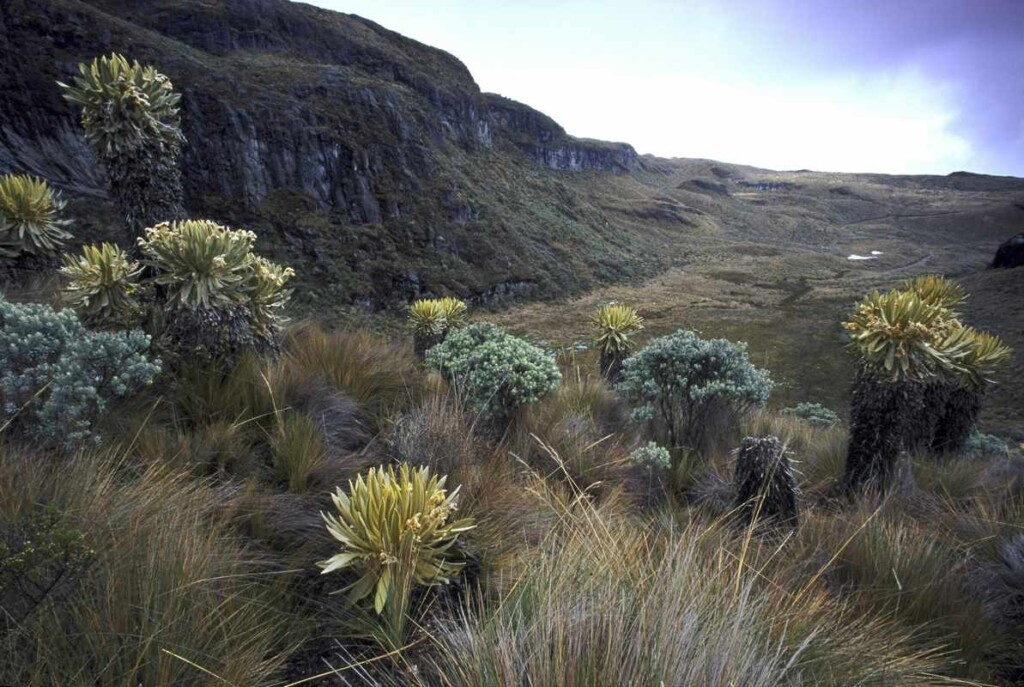
High along the peaks and ridges of the mountains in Ecuador, a 25-year-long conservation program is bearing succulent fruit in the form of cleaner water and abundant wildlife.
Established in the year 2000, Quito’s fund for the protection of water has allowed a critical South American ecosystem unique to the world and vital to both plants and animals to reclaim vast tracts of its former landscape, and people are noticing the difference.
“Before the water fund, the páramo in Antisana was very degraded. The only thing you would see was sheep.” Silvia Benitez, the Nature Conservancy’s Director of Freshwater for Latin America, said in a statement. “The change has been amazing. Vegetation is back. The wetlands are restored.”
“Now people see groups of deer. They see puma. I saw a fox. I had never before seen a fox in this area.”
The story of this quarter-century success began when the United States nonprofit the Nature Conservancy partnered with Quito’s water utility company, known as EPMAPS. The second-highest capital city on Earth by altitude, Quito is surrounded by a famous ecosystem called the páramo, a biodiversity hotspot where masses of mosses, lichen, high-altitude palms, and endemic grasses create a mountain environment unlike any other.
The páramo covers slopes above 10,000 feet in elevation all over the Andes Mountains, and acts like a giant sponge absorbing and condensing moisture from the lower ground before releasing it in streams and rivers further down. The Nature Conservancy estimates that in Colombia, where páramos cover just 2% of land area, this hydrological service provides 70% of all municipal water. It’s estimated that páramo sequesters 6 times more carbon than tropical rainforest.
EPMAPS and the Nature Conservancy organized $21,000 in seed money to kick-start a trust fund that would charge downstream users of water from the páramos around Quito for the conservation measures needed to protect them.
MORE STORIES LIKE THIS: Before and After Photos of World’s Largest Dam Removal in Calif. Will Have You Cheering for Team Salmon (LOOK)
Called the Fund for the Protection of Water, or FONAG, it’s accumulated $2.5 million in annual contributions over the last 25 years, and as a result, páramos are retaking ranchland that once displaced them, and the wildlife like whitetail deer, Andean bears, Mountain tapirs, and condors are returning as well.
FONAG has so far protected and conserved 55,000 hectares of páramos. But that is just the beginning. In the coming decades, FONAG plans to protect a total of 150,000 hectares of páramos.
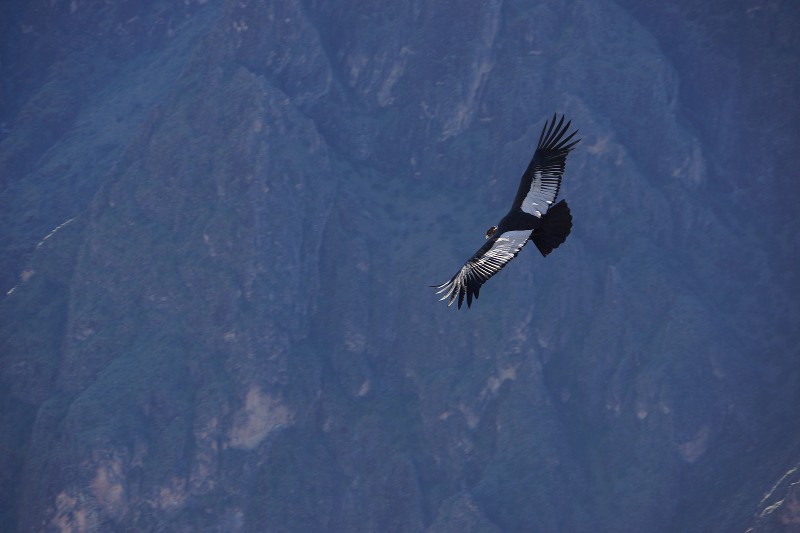
“Since FONAG’s beginning, its priority has always been the protection of the water sources. But when you conserve water sources, it’s almost automatic that you have other co-benefits—biodiversity, carbon sequestration, and social benefits,” said Bert de Bievre, Technical Secretary of FONAG.
Local communities have become very involved in FONAG’s work. Two dozen have become páramo rangers, local ranchers have moved their animals to lower elevations, agriculturalists have worked with EPMAPS to switch to low-impact methods of cultivation away from watersheds, and the Nature Conservancy runs a nursery that grows many of the endemic páramo plants for use in reforestation.
SOUTH AMERICAN CONSERVATION: Locals Finally Save ‘the Yosemite of South America’ After Decade Long Battle with Industrialist Who Owned it
The Quito-FONAG model is now being implemented across the northwestern areas of South America, and it shows how much can be achieved by simply letting rivers run free.
“Each year, the global water sector spends $700 billion on building and repairing pipes and reservoirs, using grey solutions to engineer themselves out of a problem created by deforestation, agriculture or other threats upstream,” said Brooke Atwell, Associate Director of the Nature Conservancy’s Resilient Watersheds strategy.
“If we were able to reallocate just 1% of that spending ($7 billion) toward protecting nature, it would eclipse all global philanthropic spending on conservation today.”
SHARE The 25 Years Of Quiet Success Above Ecuador’s Capital…







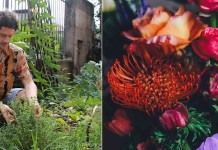







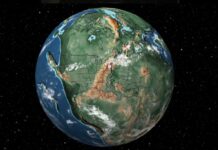




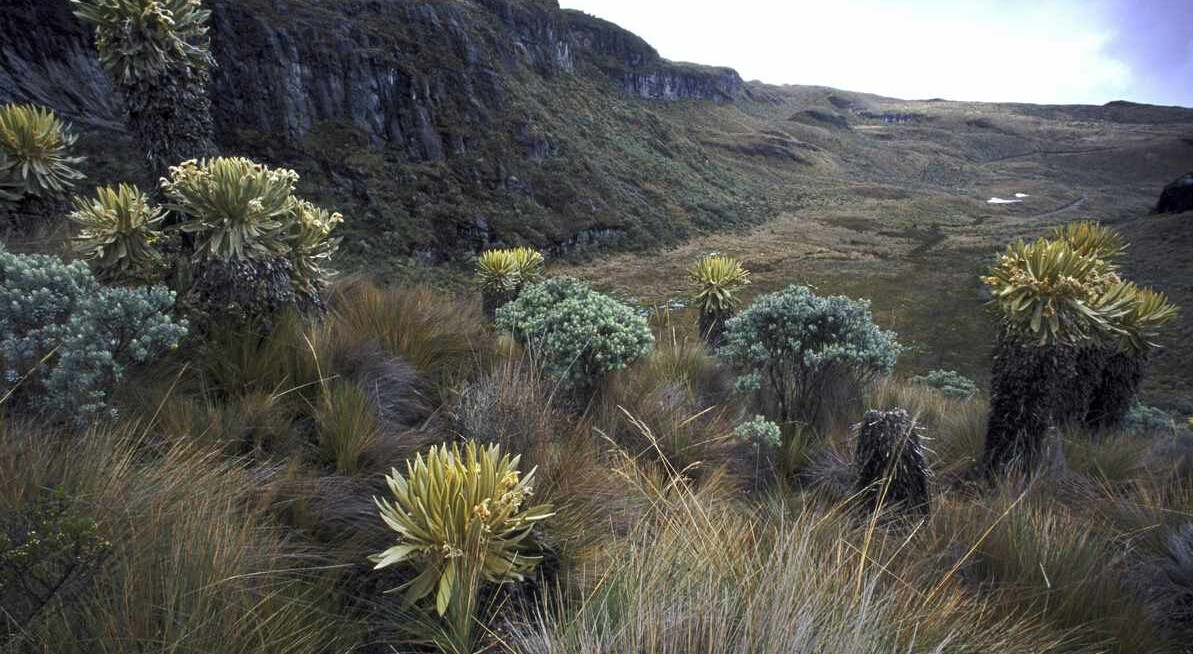
How wonderful to see the natural ecosystem being restored! Cheers!